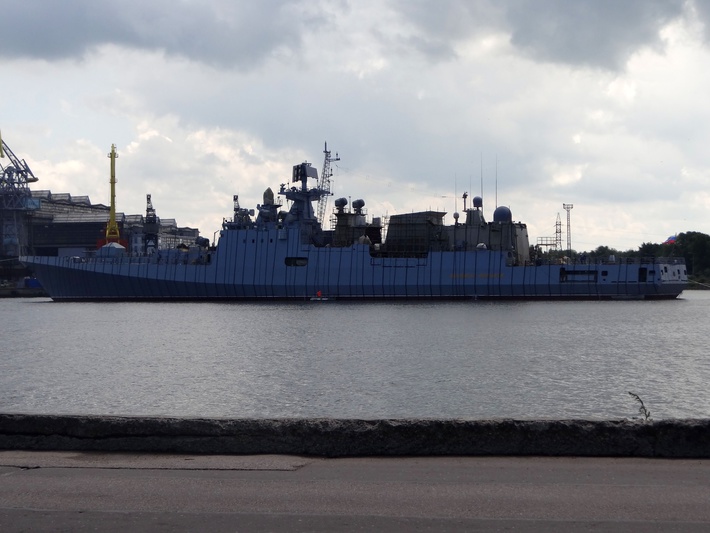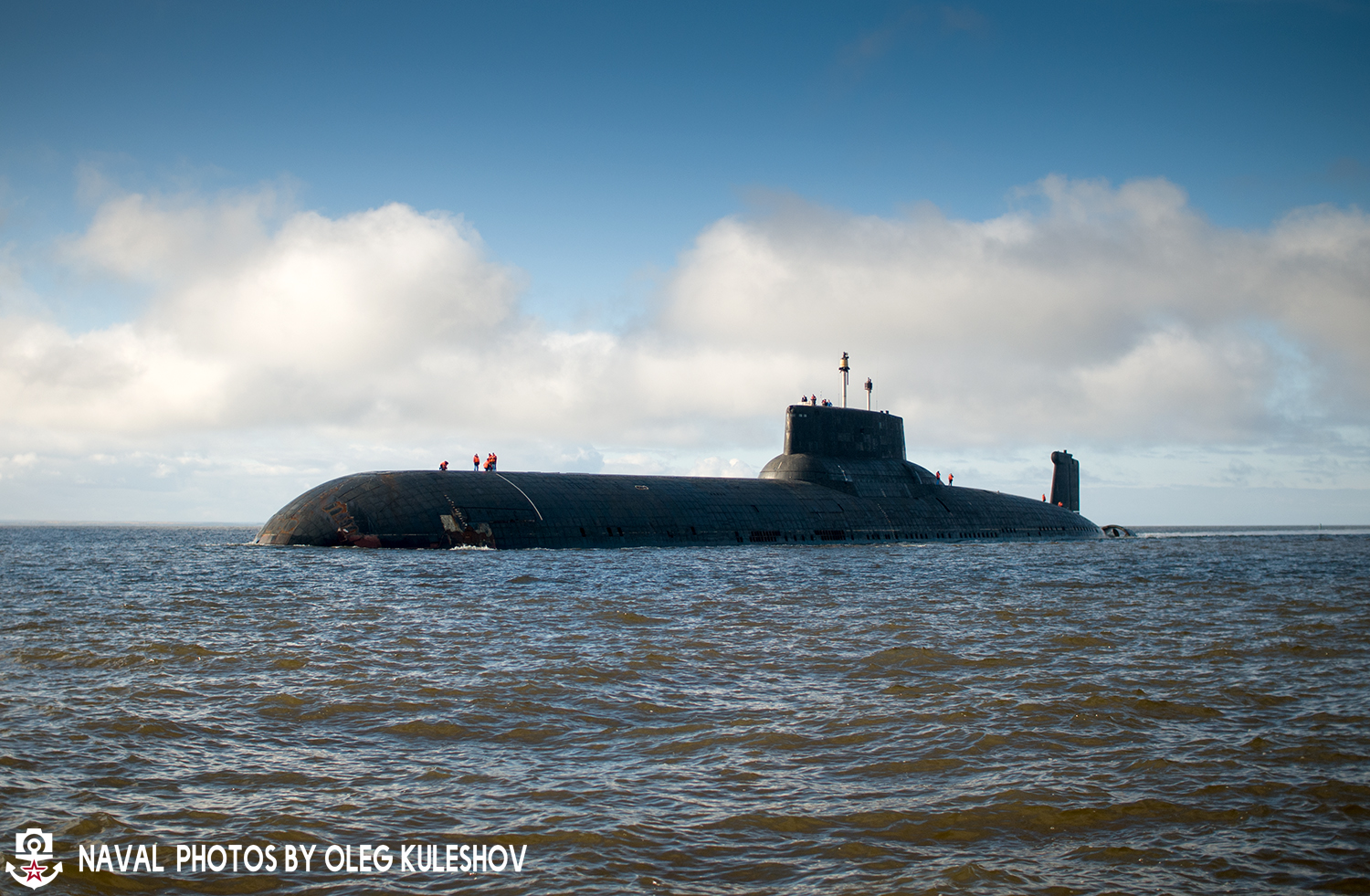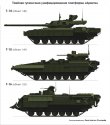You are using an out of date browser. It may not display this or other websites correctly.
You should upgrade or use an alternative browser.
You should upgrade or use an alternative browser.
Russian Military News, Reports, Data, etc.
- Thread starter tphuang
- Start date
Jura The idiot
General
Wednesday at 2:22 PM
found pictures now:yesterday
while submerged in the White Sea launched two (2)
towards
and MIRVs from the first missile hit their intended targets, but the second missile self-destructed in flight (after the first stage): is where I read it, quotes the Ministry of Defense
(I quickly checked the distance, it's about three and a half thousand miles:
google says
5,742 km
Distance from Murmansk to Petropavlovsk-Kamchatskiy
Thank you. That looks very interesting. I see that RED is a designer and developer of engines so I suppose the engines will be produced in Russia.As far as I know it uses a German-designed RED A03 V12-diesel engine with 338 kW (460 PS).
The engine burns kerosene so we can, in time, get away from gasoline.
After nearly a century of effort diesel engines are getting a respectable place in aircraft just when they are getting a bad name in cars!
SouthernSky
Junior Member
Russian SSBN test fires two Bulava ICBM missiles.
Source
The nuclear-powered ballistic missile submarine (SSBN) Yuri Dolgoruky test fired two Bulava (RSM-56) intercontinental ballistic missiles (ICBM) from a submerged position in the White Sea off the northwest coast of Russia on September 27, the Russian Ministry of Defense announced.
“Today, on September 27, the Yuri Dolgoruky strategic nuclear-powered ballistic missile submarine conducted experimental launches of two Bulava intercontinental ballistic missiles from the White Sea to the Kura firing range on the Kamchatka Peninsula,” the ministry said in a statement, to TASS news agency.
“Both missiles were fired from the submarine’s silos in a routine regime. The first missile’s warhead completed the entire cycle of the flight program and successfully hit the designated targets at the firing range. The second missile self-liquidated after the first stage of the flight program,” the statement reads.
The last test of the Bulava submarine-launched ICBM took place in November 2015, when the SSBN Vladimir Monomakh successfully test fired two Bulava ICBMs from a submerged position in the White Sea. The two ICBMs reportedly hit targets in the Kamchatka region in Russia’s Far East (See: ).
Since 2004, the missile has been tested 25 times, with varying degrees of success. The last five tests, conducted between September 2014 and September 2016, were reportedly all successful. The Bulava is the cornerstone of Russia’s sea-based nuclear triad. As I elsewhere:
Each Borei-class SSBN can carry from 12 to 16 Bulava (RSM-56) intercontinental ballistic missiles (ICBM)–a sea-based variant of the Topol-M SS-27–armed with 6-10 warheads per missile. Consequently, one submarine can carry between 72 to 160 hypersonic, independently maneuverable warheads, yielding 100-150 kilotons apiece. The Bulava missile purportedly has a range of over 8,300 kilometers (5,157 miles) and is specifically designed to evade Western ballistic missile defense shields. The new ICBM is intended to be the cornerstone of the sea-based component of Russia’s nuclear triad.
Both the Yuri Dolgoruky and Vladimir Monomakh are Project 955 Borei-class (“North Wind”) aka Dolgoruky-class SSBNs, the first new class of SSBNs since the end of the Soviet Union. The new subs were designed by Rubin Marine Equipment Design Bureau and assembled by Northern Machine Building Enterprise at the Sevmash shipyard, located in Severodvinsk, a port city on Russia’s White Sea.
The Borei-class was specifically designed to replace Project 941 Typhoon-class and Project 667 BDRM Delta IV-class subs. The Russian Navy expects to field a total of eight Borei-class SSBNs over the next two decades. The Yuri Dolgoruky, commissioned in 2014, is the lead ship of the class and currently serves in the Russian Navy’s Northern Fleet. The Vladimir Monomakh Russia’s Pacific Fleet this month.
Source
Jura The idiot
General
Jun 17, 2016
 her sea-trials took place in the Baltic Sea; soon she will sail to the White Sea for state (before commissioning) trials:
her sea-trials took place in the Baltic Sea; soon she will sail to the White Sea for state (before commissioning) trials:
(now I see it's on her wiki page already: )
since then(related to degaussing of Project 11356 ships
Mar 11, 2015
(the Admiral Grigorovich above)
the Admiral Makarov now:

(now I see it's on her wiki page already: )
Jura The idiot
General
Jul 23, 2016


she's back (dated --):one month old, but interesting picture of
leaving
for a deployment:













